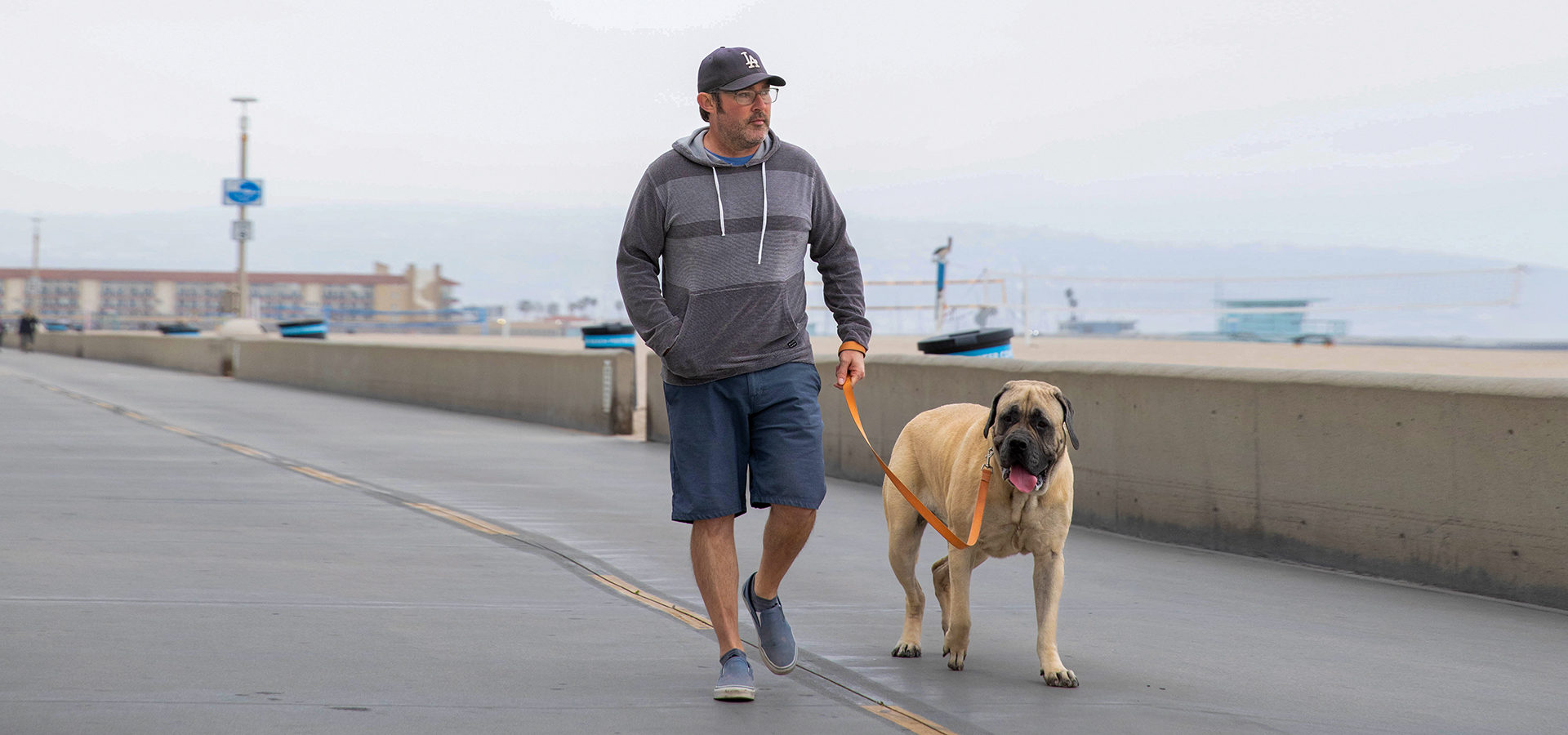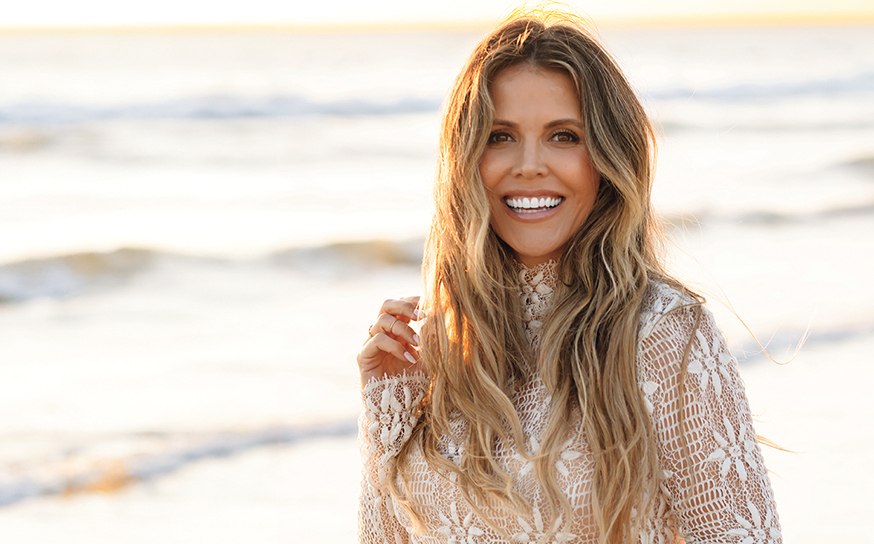After a Surprising Diagnosis and Two Emergency Surgeries, JD Ward Affirms Heart Disease Can Strike at Any Age
Back on beat.
- CategoryHealth
- Written & photographed byKat Monk
Tears well up in JD Ward’s eyes as he reflects on just how happy he is to be alive. JD was happy, healthy and exercised regularly until he started to feel fatigued and have chest pains. At 44, he was diagnosed with coronary heart disease. Having his chest cracked open truly opened his eyes to all he is grateful for—including walks with the family, sunshine on his face, jumping into the ocean for a quick swim or just bathing his 195-pound dog without experiencing chest pains.
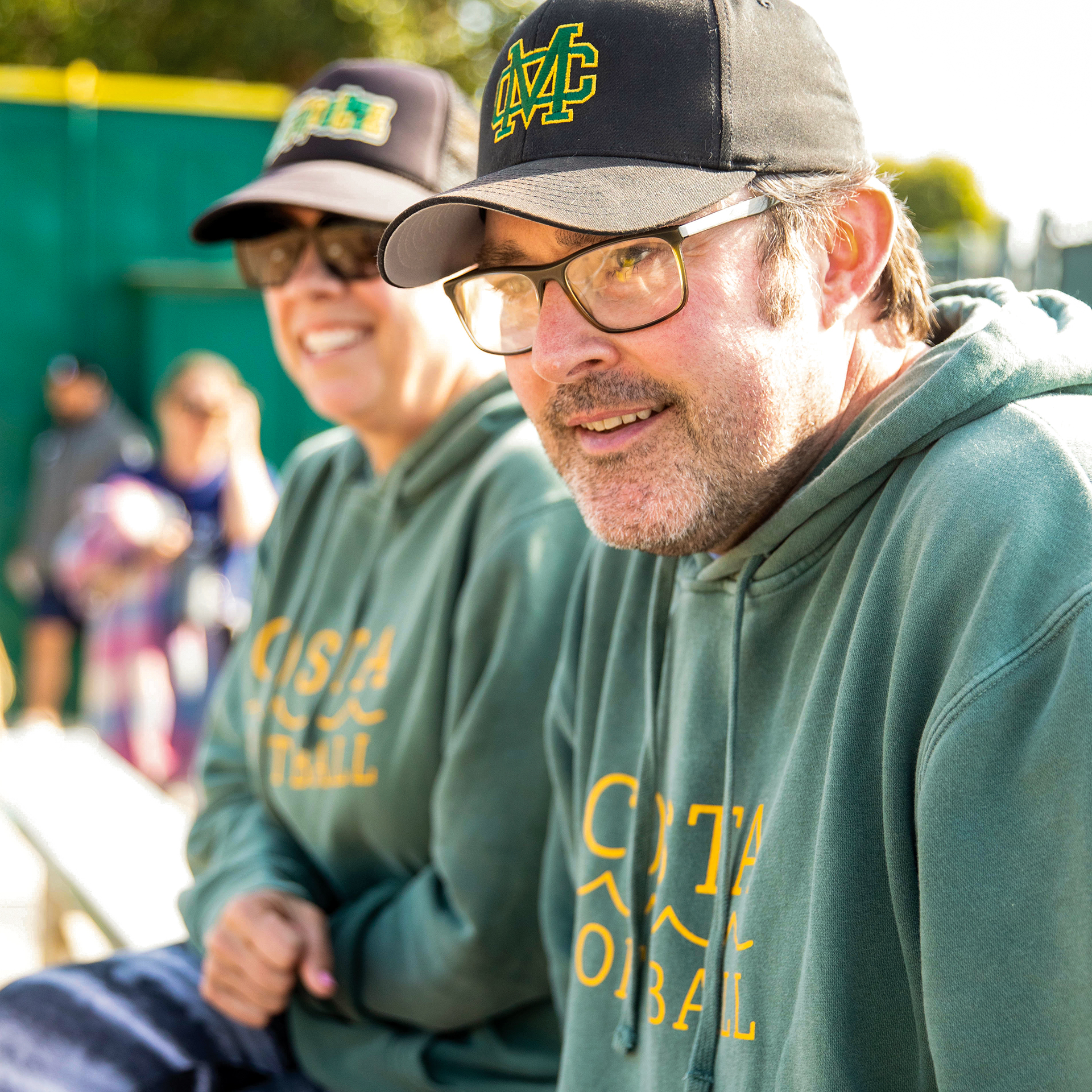
A music aficionado, JD can recite the names of records by all of his favorite musicians. Pearl Jam and Soundgarden lead the list, with his favorite singers being Eddie Vedder and the late Chris Cornell. Growing up in Spokane, Washington, JD was a consummate athlete playing baseball at Eastern Washington University.
He moved to Hermosa Beach in 1997. Not long after, he met his now-wife, Kristin Styskal, and California became his home for good. The last thing on JD’s mind was that he would be experiencing life-and-death heart issues in his mid-40s.
Coronary heart disease is not prevalent in JD’s family. He was exercising, he didn’t eat fast food, he drank lots of water and he rarely eats red meat. The one thing JD knows is that he wants to live—he wants to be healthy into his 80s and 90s and desperately wants to be with his family as time goes on.
A literal “ticking time bomb,” JD’s left anterior descending artery—which can cause a massive “widow-maker” heart attack—was 95% blocked. Blockage causes a blood clot to form and stops the blood flow to the left side of the heart, causing the vital organ to stop beating normally.
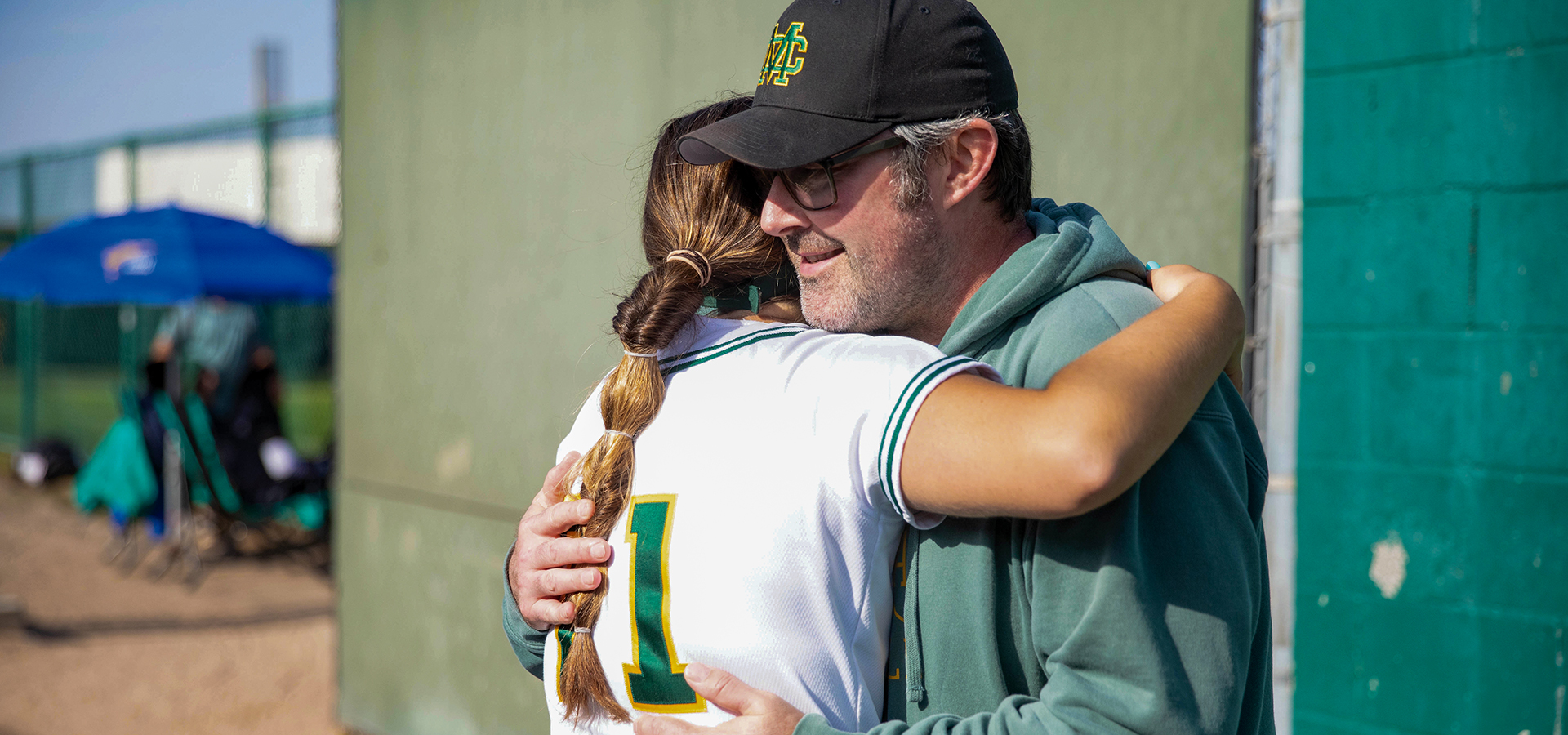
JD was in the operating room the next day for an angioplasty—a procedure that uses a balloon to stretch open a narrowed or blocked artery so stents (tiny, expandable metal mesh coils) can be implanted in the blood vessels that supply blood to the heart. This procedure helps prevent the artery from closing in the long term. A coronary stent is now used in nearly all angioplasty procedures.
All was well until it wasn’t. By October 2021, JD was once again feeling chest pain, fatigue and shortness of breath. Convinced it was something other than the stents, he finally made an appointment to see Rishi Kaushal, MD at the Providence Medical Institute—South Bay Heart and Vascular Center.
“It was the greatest thing ever, to see my family and friends rally around and support our family after my surgery.”
After hearing about JD’s symptoms, Dr. Kaushal ordered an angiogram—a scan that shows blood flow in the arteries through a magnetic resonance angiography. The blood vessels appear on the image after a contrast dye is injected into the blood, which lights up on the scan wherever it flows.
Dr. Kaushal and Matthew Powers, MD, both gave JD the crushing news that the stents had failed. The next step was open-heart surgery and a double bypass. With cutting-edge technology, Dr. Powers repurposed two of JD’s mammary arteries to bypass the ones blocked by the scarred stents. The doctor referred to JD as a “unicorn,” lucky to be alive but with no idea why his body acted that way.
The most frustrating part of this for JD is that he has “no control over what is happening to my body. Lottery tickets aren’t for me anymore, because my luck has all been used up—twice now—in just three years.”
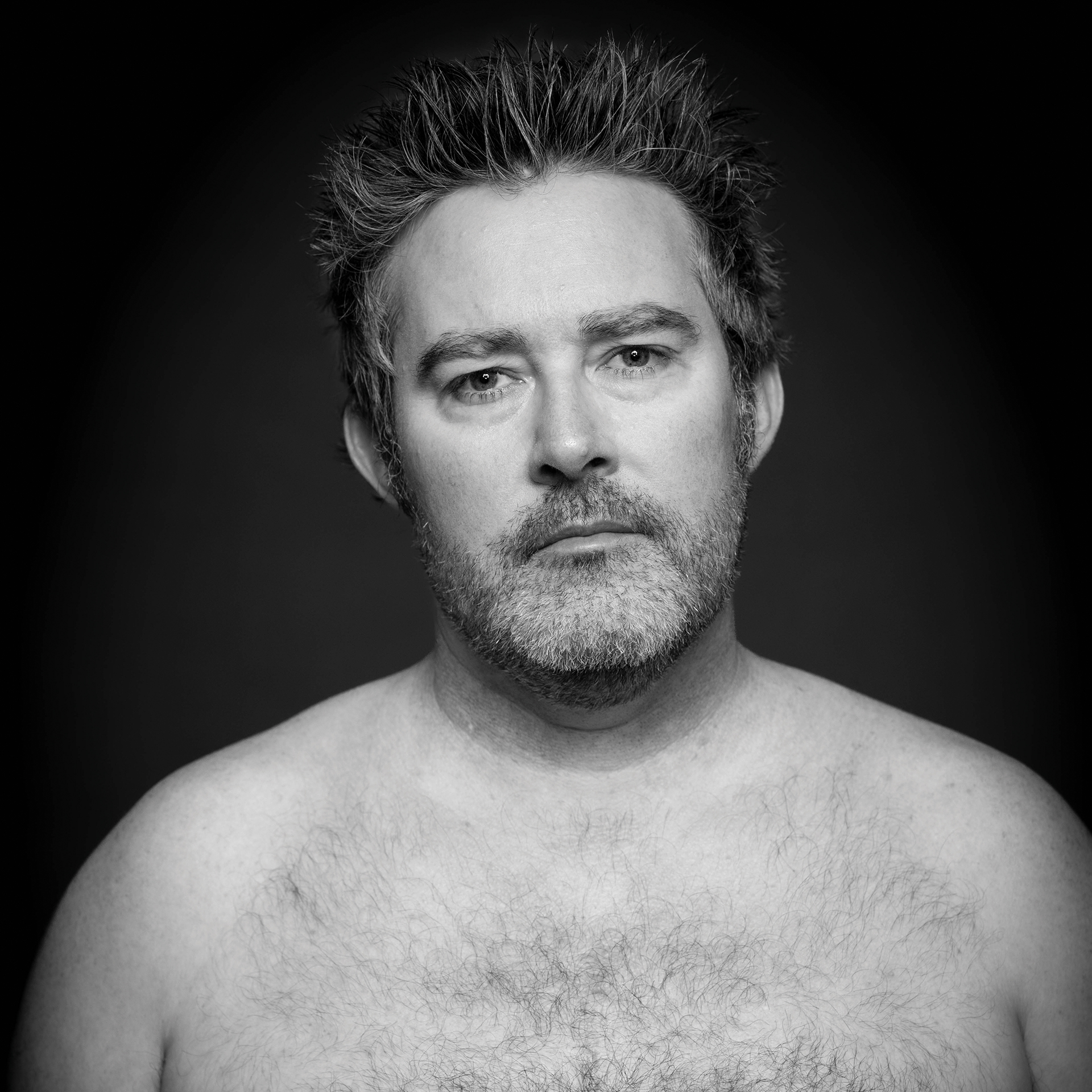
For the next six weeks, JD slept elevated in a recliner. His daughter Amelia sat by his side for days as they watched the entire Harry Potter series. “It was the greatest thing ever, to see my family and friends rally around and support our family after my surgery,” he says. “Meals were delivered to the house for two weeks.” The outpouring of support from the nurses, doctors, family and friends is not something he will ever take lightly.
After open-heart surgery, patients have been able to reduce their discomfort with the use of a heart-shaped pillow. Filled with firm stuffing, the pillow provides comfort, eases pain and protects the incision site. A sentimental guy, JD had the staff at the hospital—including his doctors—autograph the pillow. Now the pillow sits above his office desk as a reminder of how important a red heart will always be.
Shares JD, “The moment I will never forget is when I felt that tube in my throat and knew I was alive.”






